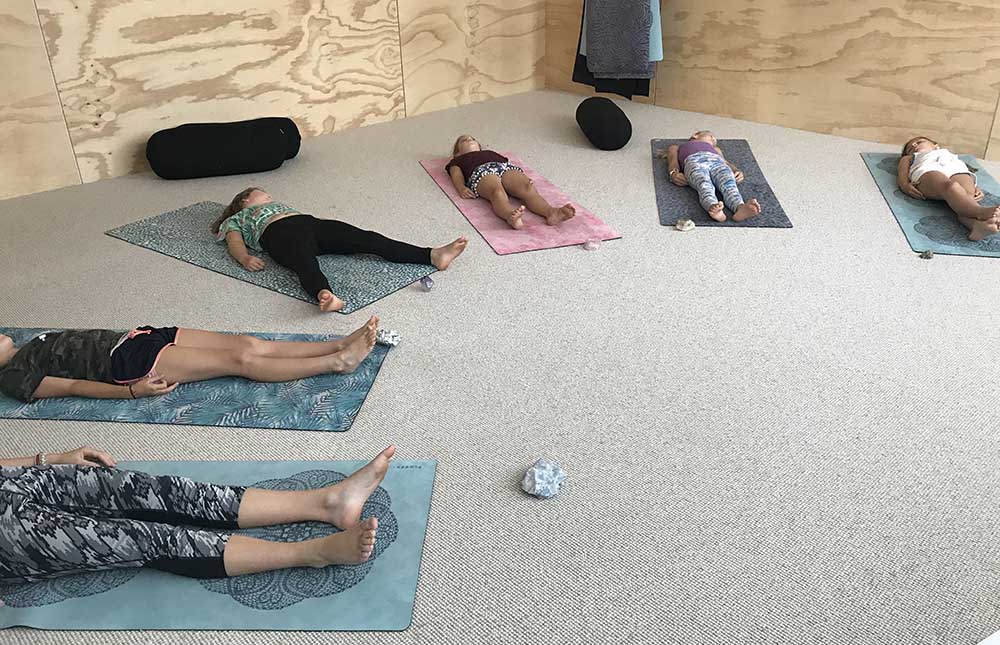By Valerie Laycock and Linda Whitehead
Life is busy for our children and they are facing challenges that we never had to face. Similarly, as parents, we face obstacles in parenting that generations before us couldn’t fathom, navigating a language they wouldn’t have understood. “…Ten more minutes on the iPad… you’re not old enough to have your own instagram account… I have to restart the internet to get Netflix working…”
We had to wait until Saturday mornings for our screen fix, and even then, only if we were lucky. For our parents, it was a once-a-week Sunday night movie, maybe. And our grandparents? A special occasion or seasonal trip to the cinema.
The accessibility we have to entertainment and information is literally at our fingertips. But with this comes a massive responsibility. The statistics are in. No one can argue the effects that overstimulation and screen time have on a child’s mental health. And this is just a portion of a number of stressors that face children today.
It’s ok to accept that, in this complex and stimulating world that we live in, we need a little help to calm our children and teach them how to retreat to a safe and quiet place.
Want numbers?
- 75% of mental illness has its onset before age 24
- 1 in 7 Australian children aged 4-17 were assessed for mental illnesses in 2015
- 45% of Australian adults will experience a mental health condition in their lifetime
Yoga and wellbeing teachers believe they can reverse these statistics. By teaching our children the skills of mindfulness and meditation we can provide them with tools to navigate this complex world and hopefully, they will not have to face the same mental health issues as the generations before them. Through movement, meditation, breath work and mindset exercises, yoga teaches children mindfulness, self-awareness, relaxation, respect, and bravery.
If we want to expose our children to the best that life has to offer, if we want to offer them netball, art classes, ballet, soccer, swimming and screen time, then it is not only healthy, it is essential for us to equip our children with the skills to find balance.
Exposing our children to yoga and meditation from an early age allows them to integrate this into their daily lives. It doesn’t have to be in a formal class format. It can be as small as closing their eyes to breathe deeply before taking a challenging maths test that they have been stressing over.
Yoga and meditation classes are taught in various formats; one- off classes and workshops, weekly classes, or even online. It is highly accessible and is even being incorporated at school into some classrooms.
What is Yoga?
Yoga is an ancient spiritual and physical practice originating from India. The name Yoga comes from the Sanskrit word “Yuj”, meaning to merge, unite or attach.
In yoga classes children can connect with their body in a non-competitive environment, and under-stand their mind and body better. Yoga incorporates many different poses throughout a class that strengthen muscles as well as will power.
Studies have proven that teaching yoga and mediation to kids provide the following benefits:
- Lowers stress and anxiety levels
- Teaches how to relax and regulate emotions
- Clears the mind, thus enhancing awareness and creativity
- Guarantees better overall health
- Ensures better sleep
- Increases confidence
- Promotes positive self image
What is Mindfulness?
Mindfulness is being aware in the present moment. It is being aware with curiosity but without reaction or judgement of self or others. There are two parts to mindfulness – the first is being able to focus on one single thing. It’s about noticing when the mind has become distracted and being able to bring it back to focus – a great skill for all of us. The second part is about noticing how you are re-acting to whatever you are noticing – being able to maintain that curiosity without judging yourself.
What’s the difference between mindfulness and meditation?
Meditation is where we formally take time to practice mindfulness which we sometimes refer to as exercise for the mind. Mindfulness is bringing that attitude of paying attention into your daily life.
The best part about yoga and meditation is that it is accessible for everyone, and easy to incorporate into your own daily life. Any amount, no matter how small, is beneficial. For more information search for some online tutorials or look for classes in your local area.


